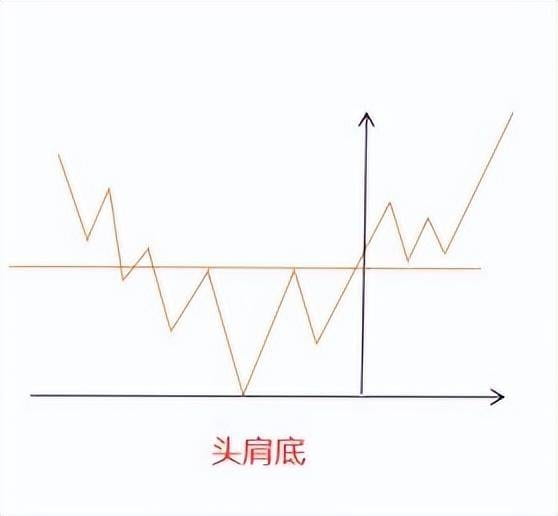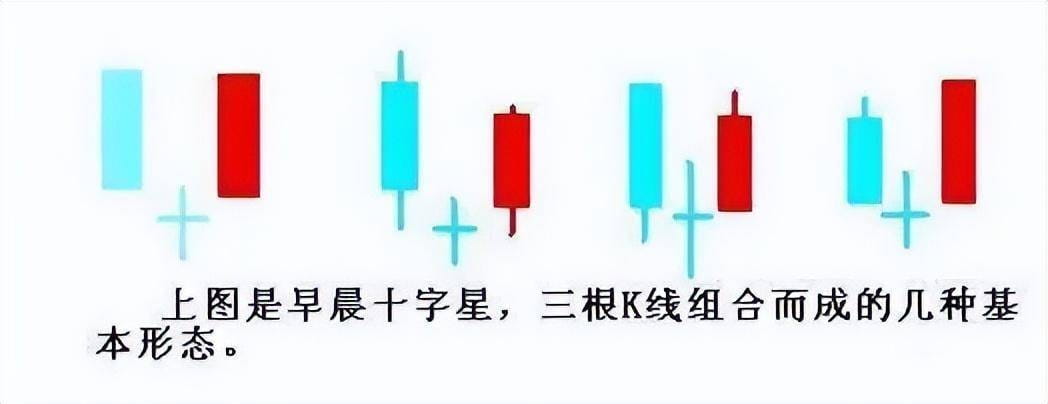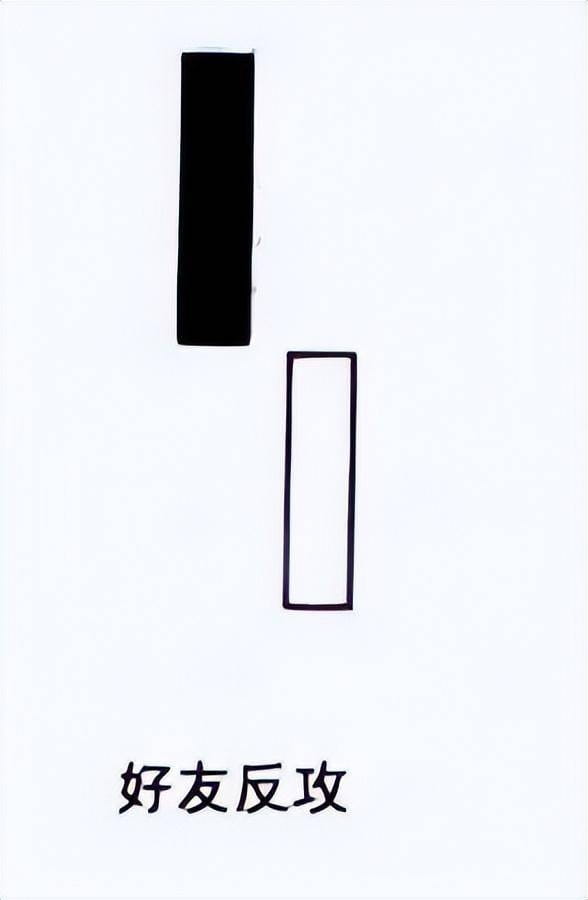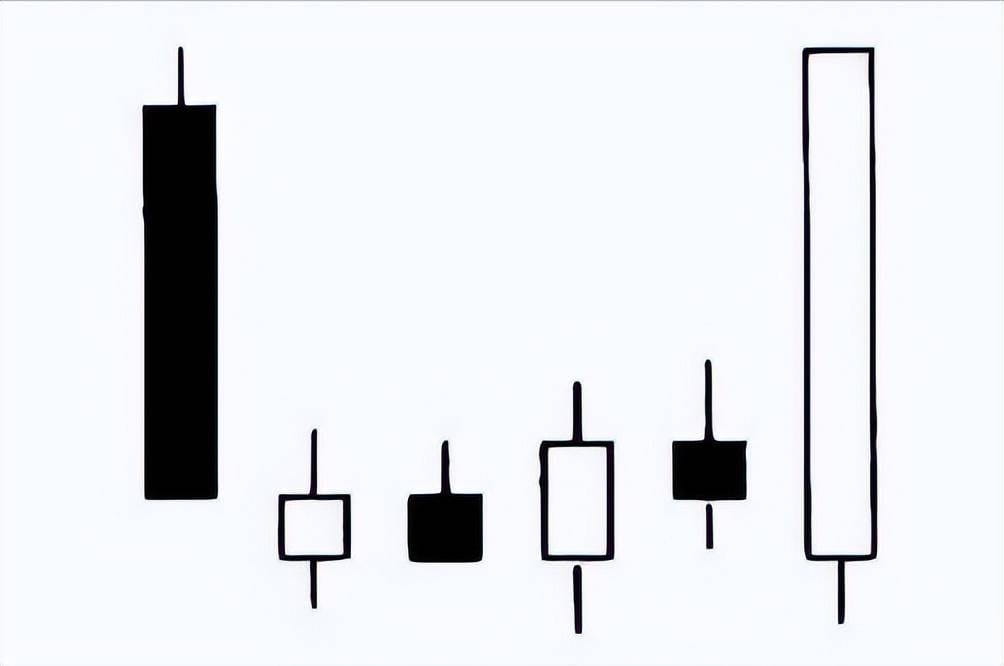Perhaps some of you have often heard that even experienced traders may suffer losses when searching for lows. In fact, this is not limited to experienced traders. Many new traders are also prone to bottom-fishing in the middle of the market. Bottom-fishing is not easy and requires some skills. Today I would like to share with you some tips on bottom-fishing, hoping that it will be helpful to you.
First of all, we need to understand why bottom fishing fails?
1. Wrong timing and lack of patience
Bottom fishing requires identifying the market bottom and accurately predicting the timing of price reversal. If the judgment is inaccurate, you may bottom fish when the price continues to fall, resulting in losses. Buying as soon as the price falls and hastily covering the position, when the decline is not large, the position is already full. When the real bottom comes, there is no money on hand, and you can't "bottom fish" even if you know it is a big bottom.
2. Only buy, don’t sell when you should
The purpose of bottom-fishing is to sell. Many people only know how to bottom-fish, but they don't know how to sell. What's the point? The market is up and down, and 80% of the time it is down and volatile, and only 20% of the time it is up. If you only know how to bottom-fish and don't know how to sell, then the final result is bound to be a loss, and a long-term loss.
So what are the common bottom signals?
1. Five common bottom patterns

Head and Shoulders Bottom: Funds flee, sentiment reaches a freezing point, indexes and stocks fall for a long period of time, and then go sideways. The head and shoulders bottom can be seen on the candlestick chart.

Double bottom: For quite a long time, the index and stocks have been in a downward trend and the market has been sluggish, but in recent days there have been signs of stabilization, and judging from the daily K-line chart, a "W" bottom has been formed with two pits.
Triple bottom: Similar to a double bottom, except that the market takes a longer time to consolidate and repair, forming three pits.

V-shaped bottom: It often occurs when there is major good news or in a severe oversold situation, resulting in sharp price fluctuations in the short term. Since the formation time of the V-shaped bottom is short, it is difficult to judge and the risk of participation is relatively high.
Round bottom: Still in a downward trend, it begins to consolidate sideways, and the K-line forms a circular bottom pattern. The fluctuation will not be too large, and at this bottom, the trading volume has been very low.
2. 6 bottom reversal candlestick pattern combinations
1) Morning Star

This is a more common bottom signal, or one of the stage bottom signals.
2) Friends counterattack

It appears in a downward trend and is composed of two K-lines, one Yin and one Yang. First, there is a large Yin line, then it opens lower and opens with a gap, and closes with a large Yang line or a medium Yang line. The closing price of the Yang line is the same or close to the closing price of the previous Yin line.
3) Hammer line

It is generally regarded as a bullish signal. When looking at the market, people generally only look at the hammer line in a downward trend, but not in an upward trend. It can also be understood that if the hammer line appears in a downward trend, the probability that the stock price will stop falling and rebound is relatively high.
4) Tower bottom

The tower bottom is a bottom signal, and the market outlook is bullish. The tower bottom is also a common reversal pattern. Since the formation time is relatively long, the turning signal of the tower bottom is relatively reliable, and the turning trend is often a medium-term downward trend.
5) Round bottom

The round bottom pattern is a bottom signal, and the market outlook is bullish. Like the tower bottom, the round bottom is also a relatively reliable reversal pattern, and because the round bottom leaves a gap when it breaks upward, its reversal signal is stronger than that of the tower bottom.
6) Low-level five-yang line

After the five positive lines appear, the stock price has increased slightly, but the stock price will not rise rapidly, and it still needs to be sorted out. The greater the increase of the five positive lines and the longer the adjustment time, the greater the room for increase may be.
There are three principles to pay attention to when buying at the bottom:
1. Maintain sufficient positions
2. Maintain enough passion
3. Maintain sufficient laws
This article is only for experience sharing and learning. The market is risky and investment should be cautious. #非农就业数据即将公布 $BTC